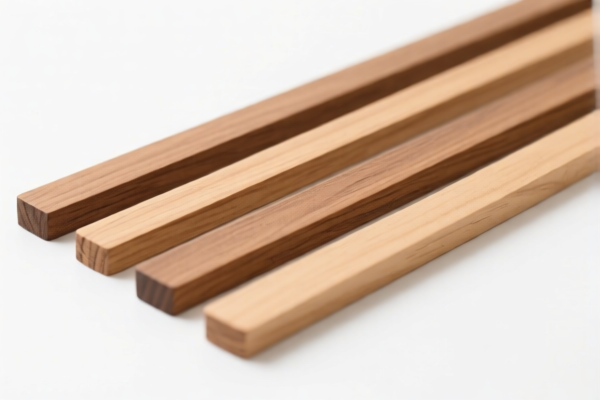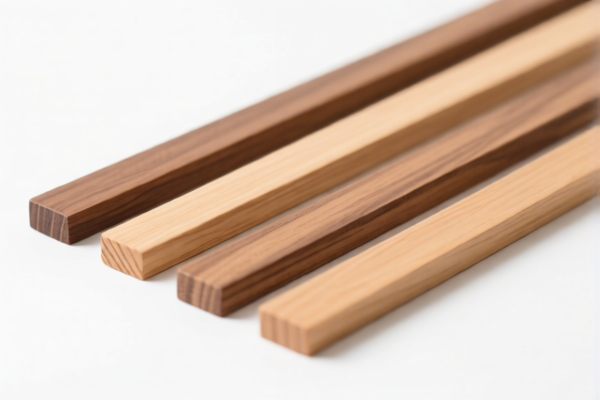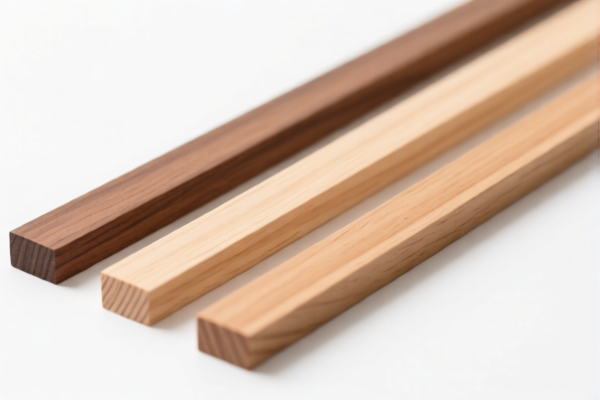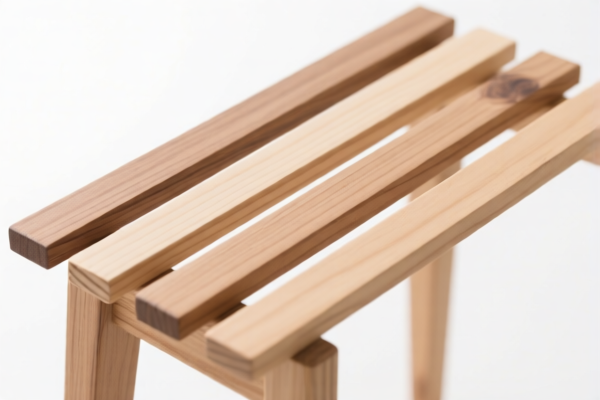| HS Code | Official Doc | Tariff Rate | Origin | Destination | Effective Date |
|---|---|---|---|---|---|
| 4418999195 | Doc | 58.2% | CN | US | 2025-05-12 |
| 4420908000 | Doc | 58.2% | CN | US | 2025-05-12 |
| 8304000000 | Doc | 33.9% | CN | US | 2025-05-12 |
| 9403999010 | Doc | 80.0% | CN | US | 2025-05-12 |
| 9403999015 | Doc | 80.0% | CN | US | 2025-05-12 |
| 9402900020 | Doc | 30.0% | CN | US | 2025-05-12 |
| 3926301000 | Doc | 44.0% | CN | US | 2025-05-12 |
| 3926909989 | Doc | 42.8% | CN | US | 2025-05-12 |
| 3918105000 | Doc | 59.2% | CN | US | 2025-05-12 |
| 3918905000 | Doc | 59.2% | CN | US | 2025-05-12 |




Furniture Edge Strip
Furniture edge strip, also known as edge banding, is a narrow strip of material applied to the exposed edges of composite wood products – typically particleboard, MDF (Medium-Density Fiberboard), and plywood – to improve appearance, protect the substrate, and enhance durability.
Material
Edge banding is available in a wide variety of materials, each with its own characteristics and price point:
- PVC (Polyvinyl Chloride): A common and cost-effective option. PVC banding is durable, heat-resistant, and available in a vast range of colors and patterns, including wood grains. It requires adhesives for application.
- ABS (Acrylonitrile Butadiene Styrene): Offers better impact resistance and a higher quality appearance than PVC. ABS is also more heat-resistant and generally more expensive. It also requires adhesives.
- Melamine: Similar in appearance to laminate, melamine edge banding is fused with a decorative paper layer. It is applied with heat and pressure using a hot air gun or iron, often requiring a specific adhesive primer. It’s less durable than PVC or ABS.
- Wood Veneer: Made from thin slices of real wood, veneer banding provides a natural wood look. It requires careful application with specialized adhesives and is typically used for higher-end furniture.
- Solid Wood: Thin strips of solid wood offer the most authentic wood appearance and feel. They are applied with adhesives and often require sanding and finishing.
- 3D Edge Banding: A newer type of banding that mimics the look and feel of solid wood edges, often featuring a textured surface. Usually made of PVC or ABS.
- Paper Edge Banding: A less expensive option, often used for temporary applications or lower-cost furniture.
Purpose & Function
- Aesthetic Improvement: Covers unsightly core materials of composite wood, providing a finished look.
- Protection: Shields edges from chipping, wear, and moisture damage, extending the lifespan of the furniture.
- Safety: Reduces sharp edges, improving safety.
- Structural Support: Can provide minimal structural support, especially when applied with a thicker band.
- Concealment: Hides the layered construction of composite wood.
Usage Scenarios
- Cabinets: Kitchen cabinets, bathroom vanities, and storage cabinets.
- Tables: Coffee tables, dining tables, desks.
- Shelving: Bookcases, display shelves.
- Countertops: Provides a finished edge to laminate countertops.
- Drawers: Applied to the front and sides of drawer boxes.
- Doors: Used on the edges of cabinet doors and other furniture doors.
Common Types & Application Methods
- Iron-On/Pre-Glued: Banding with a pre-applied adhesive layer activated by heat. Simplest application method, suitable for melamine banding.
- Solid Glue: Requires applying adhesive to both the edge of the substrate and the banding before joining. Provides a stronger bond, used for PVC, ABS, wood veneer, and solid wood.
- Hot Air Gun Application: Used for melamine banding, the hot air softens the adhesive, bonding the banding to the substrate.
- Edge Banding Machines: Automated machines used in professional furniture manufacturing for precise and efficient application.
- Corner Radius: Edge banding can be applied with a square edge or a rounded corner radius, depending on the desired aesthetic and functional requirements.
- Flush Trim: Excess banding is trimmed to be flush with the substrate surface.
- Build-Up: Banding is applied to create a thicker edge profile.
Based on the provided information, the following HS codes may be relevant to “furniture edge strip”:
- 4418999195: This HS code covers builders' joinery and carpentry of wood, including cellular wood panels and assembled flooring panels; shingles and shakes. The “Other: Other: Other Other: Other” specification suggests it could encompass various wood components used in furniture construction, potentially including edge strips. The total tax rate is 58.2% (3.2% base tariff, 25.0% additional tariff, and 30.0% additional tariff after April 2, 2025).
- 9403999010: This HS code covers parts of furniture, specifically for toddler beds, cribs, bassinets, and cradles. While focused on specific furniture types, edge strips used in these items would fall under this classification. The total tax rate is 80.0% (0.0% base tariff, 25.0% additional tariff, and 30.0% additional tariff, with a note regarding a 25% additional tariff on steel and aluminum products).
- 3926301000: This HS code covers fittings for furniture, coachwork, or the like, specifically handles and knobs. While not a direct match, edge strips could be considered as furniture fittings depending on their function. The total tax rate is 44.0% (6.5% base tariff, 7.5% additional tariff, and 30.0% additional tariff after April 2, 2025).
Regarding HS code 9403999010, please note the 25% additional tariff applicable to steel and aluminum products. It is important to verify the material composition of the furniture edge strip to determine if this additional tariff applies.
Customer Reviews
No reviews yet.